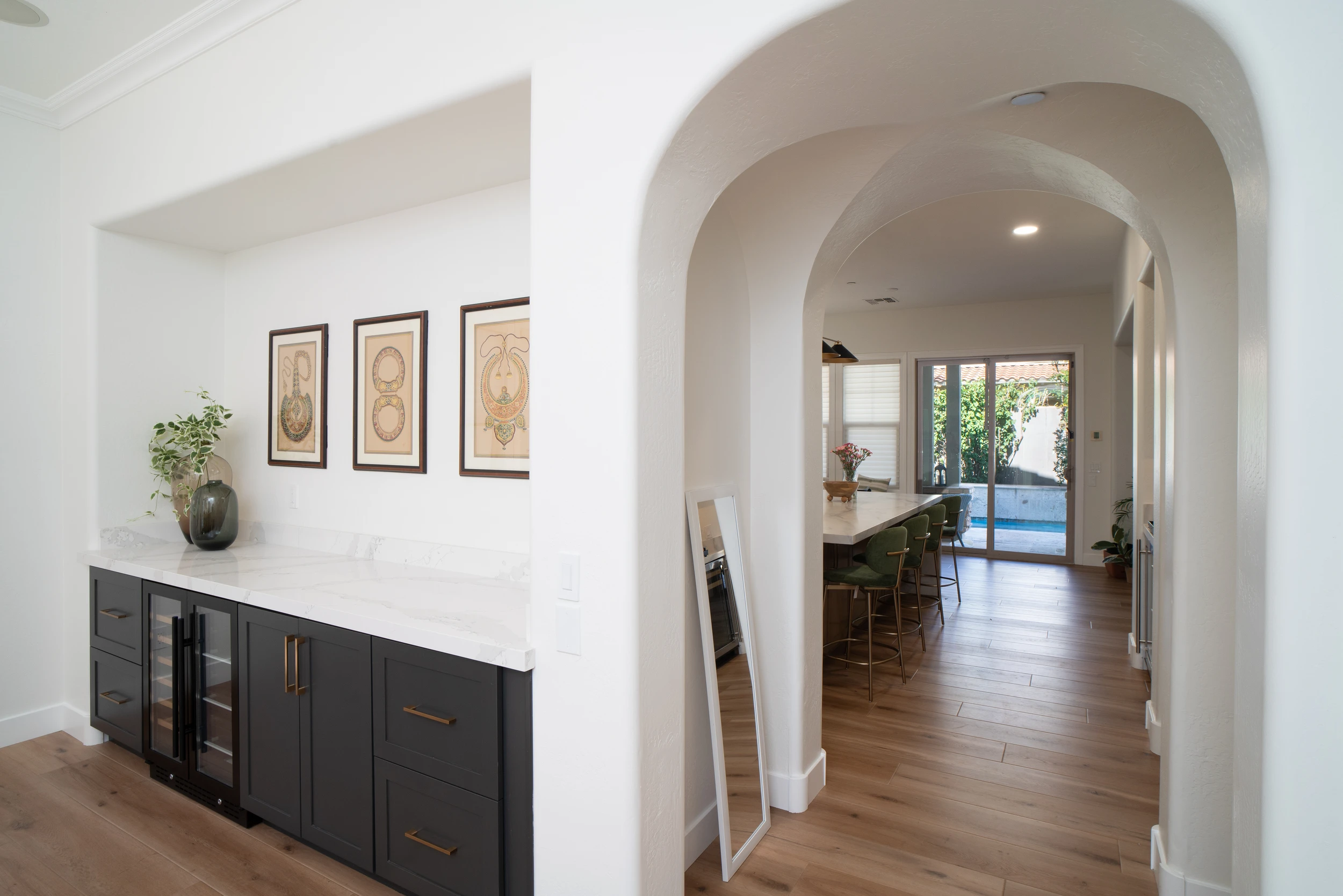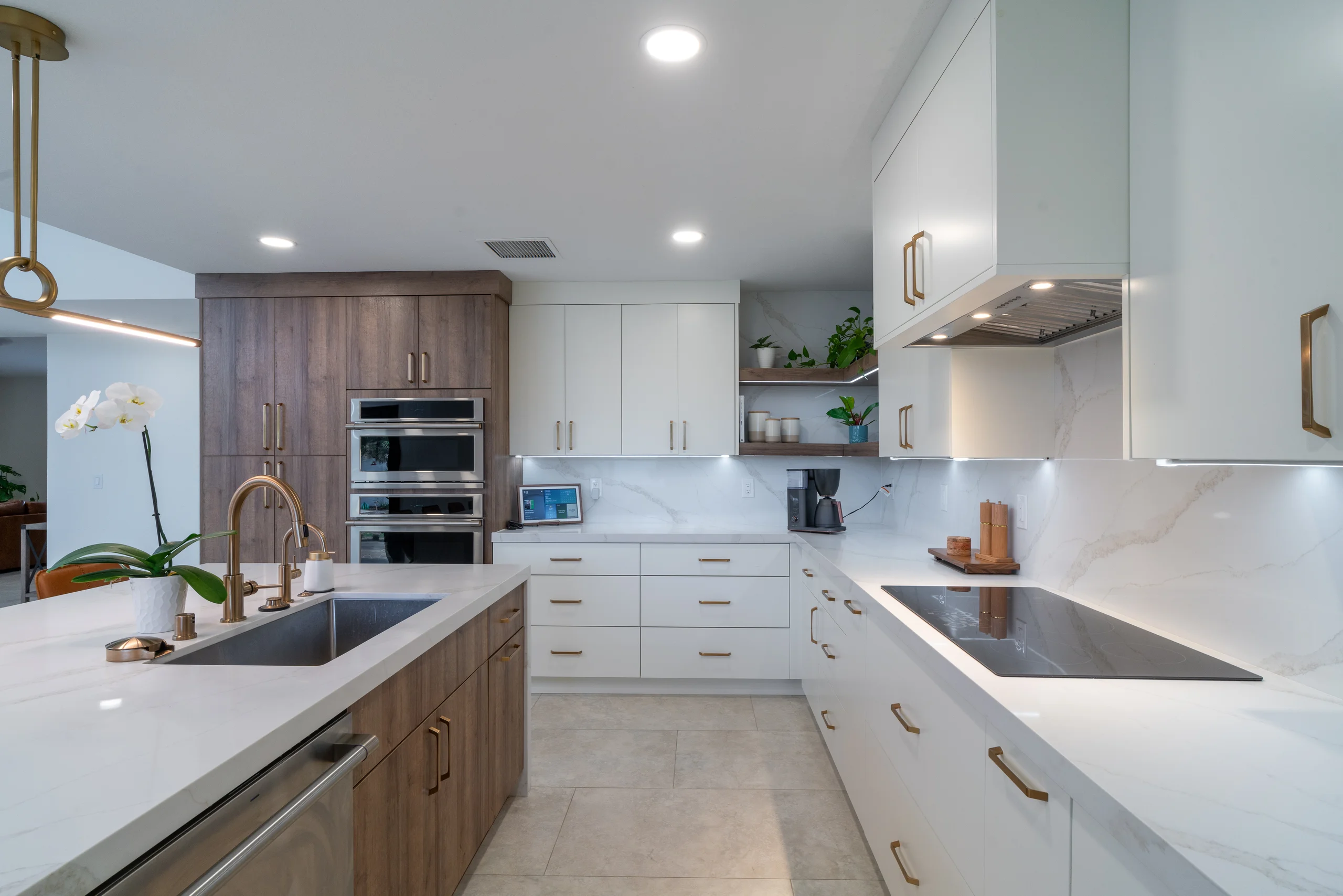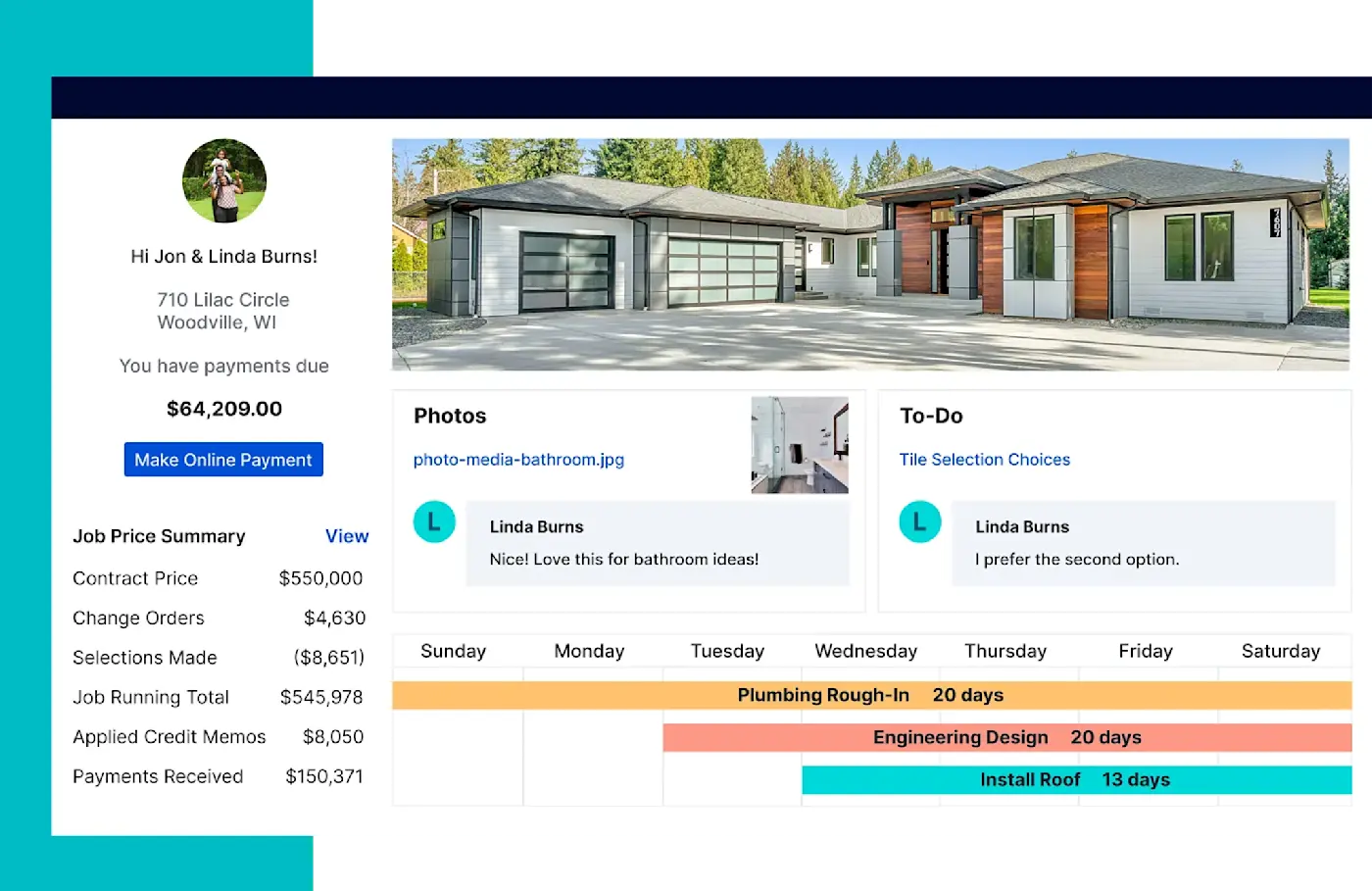A full-home remodel can transform your living space into a personalized haven, but the process can feel overwhelming without the right guidance. Partnering with a professional design-build company like 123 Remodeling streamlines this journey, combining architectural expertise, construction know-how, and interior design flair under one roof.
Based in San Diego County, we specialize in high-end projects across areas like La Jolla, Del Mar, and Rancho Santa Fe, handling everything from kitchen and bathroom renovations to complete home additions. In this step-by-step guide, we’ll walk you through planning your remodel confidently, covering key phases such as design, budgeting, permits, and timelines. Whether you’re updating a historic Coronado home or modernizing a Solana Beach residence, these insights will help you collaborate effectively with your general contractor (GC) for stunning results.
1. Initial Planning and Selecting Your General Contractor
The foundation of any successful full-home remodel begins with thorough initial planning and choosing the right GC. Start by assessing your home’s current layout and identifying pain points — perhaps cramped kitchens in older Encinitas homes or outdated bathrooms in Fairbanks Ranch properties. Create a vision board with inspirations from platforms like Pinterest or Houzz, noting must-have features like open-concept living areas or custom cabinetry. Once your ideas take shape, research design-build firms that align with your style and needs.
Since 1998, we have completed over 550 projects across the United States at 123 Remodeling, so our clients can rest assured that they will receive the experience and quality they deserve.

When selecting a GC, schedule consultations to discuss your goals and review their process. Ask about their team structure—does it include in-house designers and architects?—and request references from past clients. A reputable firm will provide a detailed proposal outlining scope, preliminary costs, and a rough timeline. This phase is crucial for building trust; for instance, opting for a licensed and insured contractor ensures compliance with California’s strict building codes.
Expert Tip: “When vetting GCs, always request a site visit early on. This allows them to spot hidden issues like outdated wiring or structural weaknesses that could impact your budget, something we’ve uncovered in 30% of our initial assessments at 123 Remodeling”
2. The Design Phase: Bringing Your Vision to Life
With your GC selected, dive into the design phase, where creativity meets functionality. Collaborate closely with the design team to refine your ideas into detailed plans. This involves creating floor plans, selecting materials, and incorporating elements like high-end fixtures from brands such as Kohler for bathrooms or Sub-Zero appliances for kitchens. In San Diego’s coastal climate, consider designs that maximize natural light, such as installing large sliding doors from Andersen Windows to blend indoor and outdoor spaces seamlessly.

Practical steps include multiple design iterations—expect 2-3 rounds of revisions based on feedback. Use tools like 3D modeling software to walk through virtual renderings, ensuring the layout suits your lifestyle, whether it’s accommodating family gatherings in Carlsbad homes or creating serene retreats in La Jolla. Remember, a good design-build firm integrates construction feasibility from the start, avoiding costly changes later. For homeowners, actively participate by providing honest input on preferences, like opting for quartz countertops from Caesarstone for durability and aesthetics.
Expert Tip: “Incorporate flexible lighting zones during design — layer ambient, task, and accent lights using dimmable LEDs from brands like Lutron. This not only enhances ambiance but can adapt to different moods without rewiring later.”
3. Budgeting and Financing Your Remodel
Budgeting is a pivotal step that demands realism and foresight to keep your full-home remodel on track. Begin by establishing a comprehensive budget that includes not just construction costs but also contingencies for unexpected expenses, typically 10-20% of the total, as recommended by the National Association of Home Builders (NAHB). For a San Diego County project, average full-home remodels range from $200,000 to $500,000, depending on scope and location, per data from Remodeling Magazine.
Work with your GC to break down costs: labor, materials, and fees. For example, custom millwork from Wood-Mode might elevate your kitchen but requires balancing against overall spending. Explore financing options like home equity loans or lines of credit from lenders such as Wells Fargo, ensuring terms fit your financial situation. Actionable tip: Track expenses using apps like Mint and review monthly updates from your GC to stay aligned. This collaborative approach prevents overruns and maintains transparency.
Expert Tip: “Allocate a separate ‘design contingency’ fund (about 5% of your budget) for mid-project tweaks, like upgrading to premium tiles from Daltile if initial choices don’t pop in person. It’s a small buffer that saves big headaches”
4. Navigating Permits and Legal Considerations
Securing permits is a non-negotiable aspect of any remodel, ensuring your project complies with local regulations and safety standards. In San Diego County, this involves submitting plans to the city or county building department, which can take 4-8 weeks for approval, according to the San Diego County Government website. Your design-build GC should handle this, but understanding the process empowers you: permits are required for structural changes, electrical work, and plumbing alterations.
Key steps include preparing detailed drawings and possibly engineering reports for load-bearing modifications. Be aware of zoning laws, especially in areas like Coronado with historic preservation rules. If your home is in a flood-prone zone near Solana Beach, additional FEMA-compliant designs might be needed. Practically, attend any required inspections with your GC and keep copies of all documentation. This phase protects your investment and avoids fines, which can exceed $1,000 for non-compliance in California.
Expert Tip: “Before submitting permits, conduct a pre-application meeting with local officials - it’s free in most San Diego jurisdictions and can flag issues early, potentially shaving weeks off your timeline”
5. Managing Timelines and Execution
Effective timeline management turns your remodel from a concept into reality, minimizing disruptions to your daily life. A typical full-home remodel in San Diego takes 6-12 months, influenced by factors like material lead times—think 8-10 weeks for custom cabinets from KraftMaid or Dura Supreme. Your GC will create a phased schedule: demolition, rough-ins, finishes, and final touches. To stay on track and establish milestones, at 123 Remodeling we use project management tool Buildertrend.

If living on-site during construction, plan for temporary relocations or phased work to maintain livability. Actionable advice: Build in buffer time for delays, such as supply chain issues, and communicate weekly with your GC. This ensures a smooth execution, culminating in a walkthrough to address any punch-list items.
Expert Tip: “Schedule material deliveries just-in-time to avoid storage clutter — coordinate with suppliers for phased shipments, reducing on-site chaos and keeping your project flowing efficiently”
Finding the Right GC Matters
A full-home remodel succeeds when you have the right general contractor leading the way. From design and budgeting to permitting and construction, the right team keeps the project efficient, aligned with your goals, and free of unnecessary setbacks.
If you’re ready to start planning your remodel, contact 123 Remodeling to schedule a consultation and take the first step with a team you can trust.
